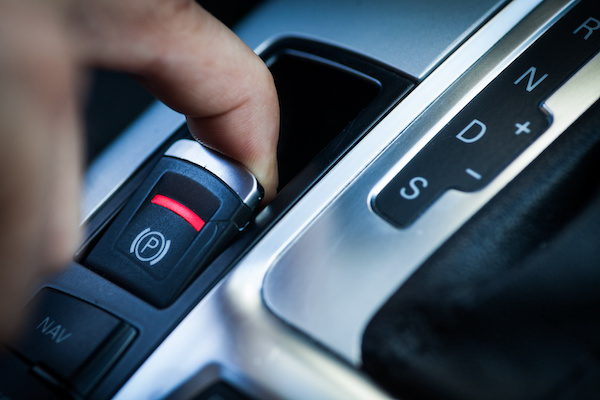
There are two brake systems in every automobile. We commonly use the service brake, which is the primary brake system that is engaged whenever you step on the brake pedal. The secondary brake system functions as a backup if the service brake fails. The second brake system is often referred to as the emergency brake. However, it is also often synonymous with the parking brake, e-brake, orhandbrake.
Since it is coined the emergency brake, most people have a misconception that you should only use it during emergencies. However, this common myth must come to a stop.
Instances That You Should Use Your E-Brake
- Parking on a Hill
- Parking on Flat Ground
- Parking Along a Curb
- Your Service Brake Fails
- Your Car is Getting Serviced
- Changing Your Tires
In other words, you should be using your emergency brakes EVERY DAY. There are a few rare instances where you should not use your e-brake. You should avoid using your parking brake whenever temperatures are well below freezing for an extended period. During icy weather, your emergency brake cable may become frozen and fail to release when the lever is disengaged. If your emergency brake freezes up, you'll need to wait for the brake to thaw to start driving.
Pro Tip: Most people engage their (service) parking brake before switching on their e-brake. However, it is better to engage your e-brake BEFORE shifting the car into "Park" to reduce the stress put on your transmission.
We hope you learned more about your vehicle's complex braking system. Your brakes are essential to your safety while also protecting your car. If you are experiencing difficulties with your brake system, we invite you to RM Automotive Inc. for an inspection. Our expert team will be glad to address your concerns and repair your brakes. Safety should always be the #1 priority. Give us a call or visit our shop today!